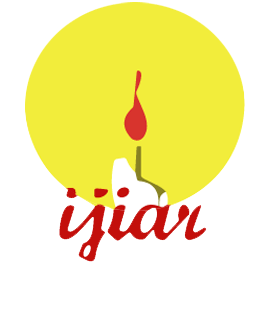According to the International Association for the Study of Pain, inflammation is the tissue\'s immunologic reaction to injury and is characterised by swelling, fluid buildup, and the mobilisation of white blood cells and antibodies. Natural treatments made from plants are called herbal medicines. Instead of eliciting a single molecule that interacts with a single target, they cause a coordinated pharmacological intervention of numerous compounds that interact with multiple targets. Using extracts of Curcuma amada, Piper nigrum, and Lodhra (Symplocos racemosa), menthol, and capsaicin, ten batches of polyherbal gel formulations were created. Formulations F1 through F5 were made with Carbopol 934, and Formulations F6 through F10 were made with HPMC K4M as the gelling agent. The developed formulations were assessed using a range of gel evaluation criteria, including pH determination and physical examination. Measurement of viscosity, washability, extrudability, spreadability, and in vitro diffusion studies. Spreadability of Formulation F2 was good, at 32.48±0.65 g/cm/sec. It was discovered that spreadability decreased when gelling agent concentrations (Carbopol 934 and HPMC K4M) increased. It was discovered that the extrudability of every polyherbal gel formulation ranged from 73.16% to 95.37%. The percentage of medication diffusion decreased as gelling agent concentration increased, according to the results. When compared to polyherbal formulations made with HPMC K4M, it was discovered that the components of formulations made with carbopol 934 were released more readily. The polyphenol content of the gel formulation is responsible for its in vitro anti-inflammatory effect. The stability of the F2 formulation was discovered. The developed formulation must be expanded on a pilot scale, and clinical studies are required to implement the successful introduction of a topical gel formulation including polyherbals for pain relief.
Sage University, Bhopal (Madhya Pradesh).
Share this article
